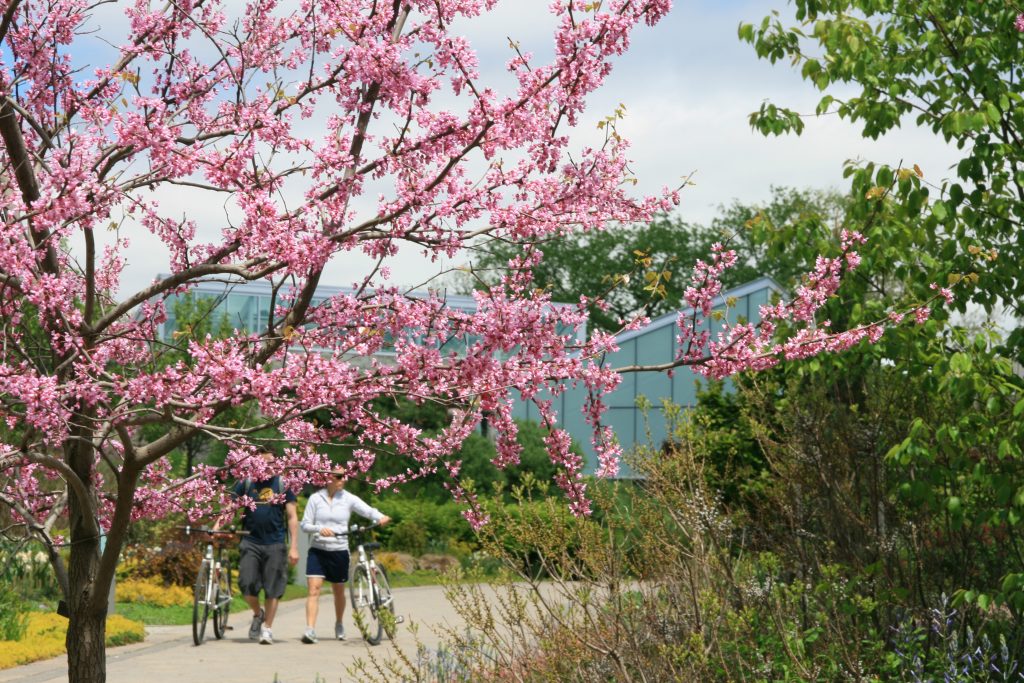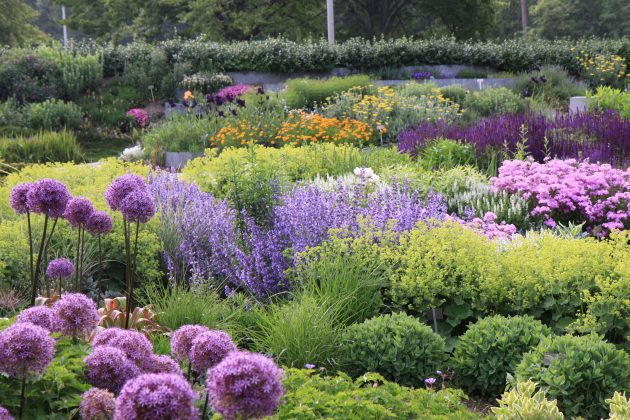
News
Flowers
Canadian gardens face risk of permanent closure
May 8, 2020 By Greta Chiu
 Photo credit: Janet Davis
Photo credit: Janet Davis Though Canadian public gardens could help alleviate stress and address mental health for the public, temporary COVID-19 measures could mean permanent closures for many gardens. Even if restrictions are lifted in the coming months, they may not have the resources to prepare for re-opening or have the maintenance work completed to welcome visitors.
“Gardens have living collections,” says Michel Gauthier, executive director of the Canadian Garden Council. Those require working staff to maintain even while the gardens remain closed. If they do not receive financial support soon, thousands of full-time and seasonal labour positions will be in jeopardy, he says, including many summer jobs for students.
Though subsidized through different levels of government funding, the majority of the revenue stems from public admission and tourism. With gardens closed and no tourism to speak of, this will be a tremendous blow to their operating budgets. “A lot of the gardens have members and donors,” Gauthier says, but with the financial situation at hand, relying on donations is not something they can count on at the moment.
What’s more, the Canadian Garden Council says public gardens contribute millions of dollars to the local economy across the country each year.
While some grow their own material, many gardens also source from local greenhouses and horticultural suppliers. But the financial stress of COVID-19 and the gardens’ reduced staffing could impact that relationship. “It means that they’re going to have to postpone some of their plant material. Some portions of the gardens might not be open,” says Gauthier.

Toronto Botanical Gardens. Photo credit: Paul Zammit
Of their members, only three are open to the public at the moment. Vandusen Botanical Gardens, Tofino Botanical Gardens and The Butchart Gardens – all are located in B.C. due to provincial regulations, but Gauthier says they have mainly relied on tourism dollars in the past, and that will not appear anytime soon. “Our members are in a survival crisis.”
Gauthier says what their members desperately need is immediate financial support from the government, followed by a contribution program spread out over the next six to 18 months. This will not only allow gardens to maintain their living collections, but also support a skilled workforce, train young Canadians and help implement new procedures and equipment to keep gardens running safely amid public health regulations.
They estimate that close to $100 million will be needed to help offset losses. In the meantime, they’re hoping for the immediate re-opening of gardens to help not only regain some operating resources, but to keep Canadians in a good state of mental health.
Print this page